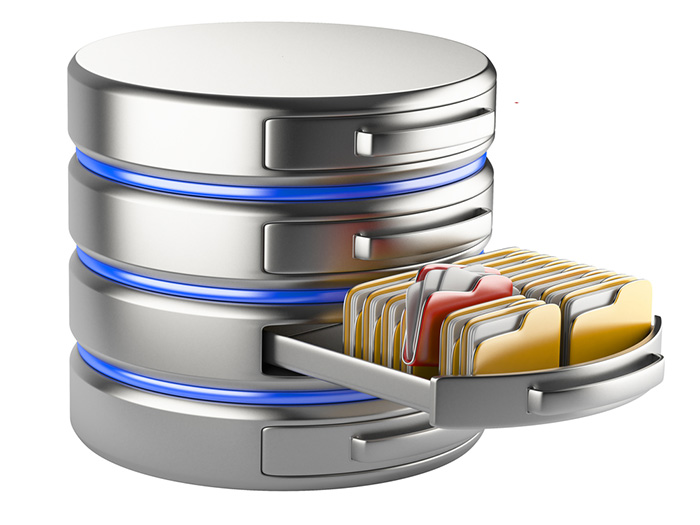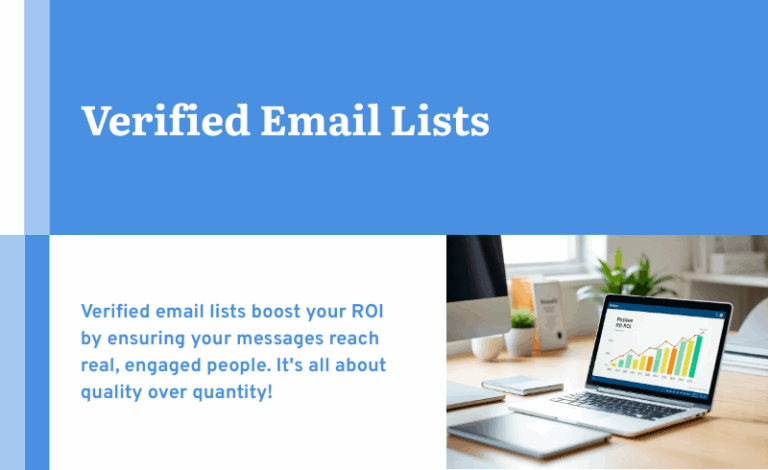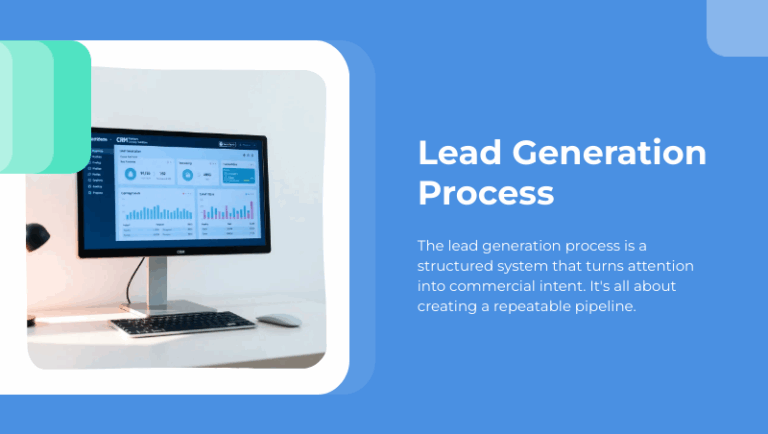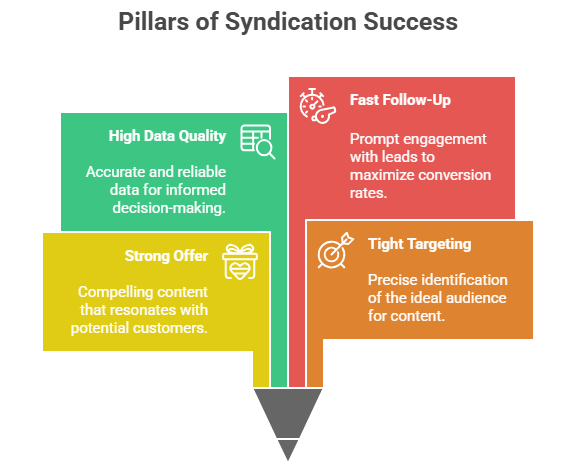
Last week, we looked at who your audience is; this week, we’ll delve a little deeper into how your data about them is organized. The way you store data matters more than you might think, and a marketing database manager who knows how to group information in ways that make sense is often key to getting more knowledge from the raw data.
Organizing data into a hierarchical structure is something both businesses and their customers do. For customers, that means answering important questions such as “Does this business sell what we need,” “Have we purchased from it before,” and ““Do the people who are part of this company know their stuff?” Your organization also has a hierarchy of data in place; your accounts are organized by names, email addresses, and other contact information before they’re sorted by purchase histories, for example. Contact data is a prerequisite for making other forms of data useful.
The Nouns and Verbs of Marketing Data
When prioritizing information, it’s helpful to divide it into two main categories, activity-based data and attribute-based data. Think of them as verbs and nouns – you need both to make sense. Briefly, activities are what your customers do, while attributes describe who they are:
- Attribute data: Your leads’ contact information, demographic details, and firmographic data are attributes that are intrinsic to them and remain relatively stable over time. Geographical data, for example, typically stays the same for most or all of a company’s lifetime; even if it expands, it retains its base of operations. Boeing is still a Seattle company even though it does business internationally and works with contractors throughout the country.
- Activity data: Every time a lead takes action, a new activity data point is created. Event data includes purchase histories, content downloads, registrations, subscriptions, webinar sign-ups and attendance, trade show participation, and time-on-page data. Even when event data doesn’t feature progress along the buying journey, it still offers an important glimpse into your prospects’ frame of mind.
How to Use Events and Attributes in Your Marketing Database
To use event data effectively, you and your database manager need a good understanding of your goals. Do you want to increase engagement? Looking at time on page, social media interactions, and blog activity would be your areas of interest. If you’re the owner of a start-up and are focused on customer acquisition, you would look at events such as subscriptions and product activations to tell you more about your audience. To foster loyalty, you might look first at sales histories to note who’s most active in repeat buys, upgrades, and peripheral purchases.
The value of attribute data is fairly well-known to marketers and has been for some time, but only recently has technology allowed us to track it well across multiple platforms. Which attribute data matters most to you? Is your business intensely localized, making geographic data a high priority, or are you focused on industry type so you can specialize more effectively?
Creating an information hierarchy and going into greater depth with the data that matters most to your goals is an excellent way of achieving them more efficiently. Work with your database services consultant to develop a strategy that puts your data into meaningful order so you can make the most of it.
© Reach Marketing LLC 2016 All Rights Reserved.



